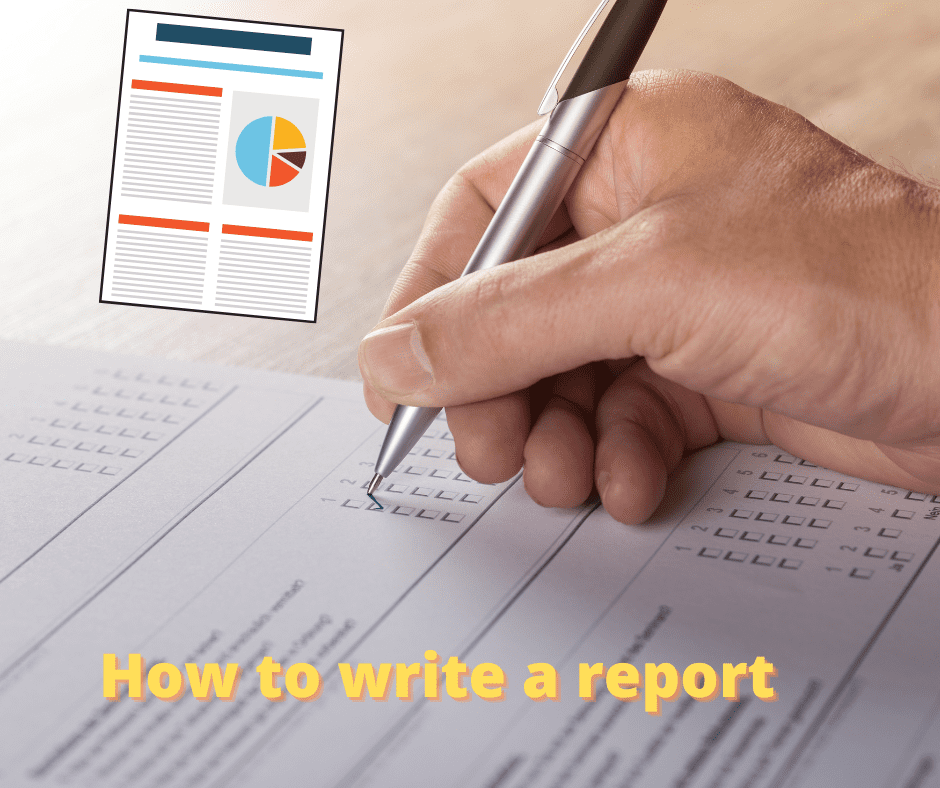
All reports should have detailed headings and subheadings for readers to understand. Below is a basic structure that you can use.
title page
The front page is important. It should include the author’s name, the work’s due date, and the word count. The cover page should also include the title of the report and the assigned maintainer. Normally not counted in academic terminology
summary
A summary is essentially a reduced version of the report. You should take the sentences that summarize the introduction and the main part, and state your conclusions and recommendations. From the abstract, the reader should basically know what the results were and how they arrived at them.
Normally not counted in academic terminology
table of contents
A table of contents is not always necessary, but if the report is long, it can help the reader understand the content clearly.
Normally not counted in academic terminology
1.0 Introduction
The introduction should explain what the report is about. You’re essentially telling the reader what you’re trying to convey in the text so they can figure out what to do next.
2.0 body heel
The body is the most important part of the report and occupies most of the word boundaries. The body text should be divided into subheadings to provide clarity to the reader and to define issues and problems.
2.1 Subheading 1
You should open Subheading 1 and critically analyze the discussion/topic/problem. This paragraph should end with a sentence that summarizes the first topic and allows the second paragraph to join him and start a discussion on the second topic. 2.2 Subheading 2
Subheading 2 has a link from 1 and should refer to the content above. Subheading 2 should also provide clues to make it available to 3 people.
2.3 Subheading 3
As described above.
3.0 CONCLUSIONS AND/OR RECOMMENDATIONS
Don’t write last things you haven’t said yet! Now is not the time to bring in new information that you do not have time to analyze and evaluate on the subject of your report.
A good motto is “Say what you’re going to say, say it, then say what you’ve already said.” This allows the reader to clearly understand the intended message.
4.0 Reference Lists, Bibliography or Annotated Bibliography
Be clear about what the task requires. Reference lists are commonly used in many scholarly reports and are listed alphabetically to include intangible materials such as websites, books, speeches, journal articles, and online resources. The bibliography can contain annotated references where the relevance of each source should be easily checked.
Normally not counted in academic terminology
5.0 Appendix
This is the area where you can place your studies, tables, and large diagrams. All materials can be included in attachments if they do not easily fit in the report. Keep paragraphs flowing and not broken up by large amounts of data.